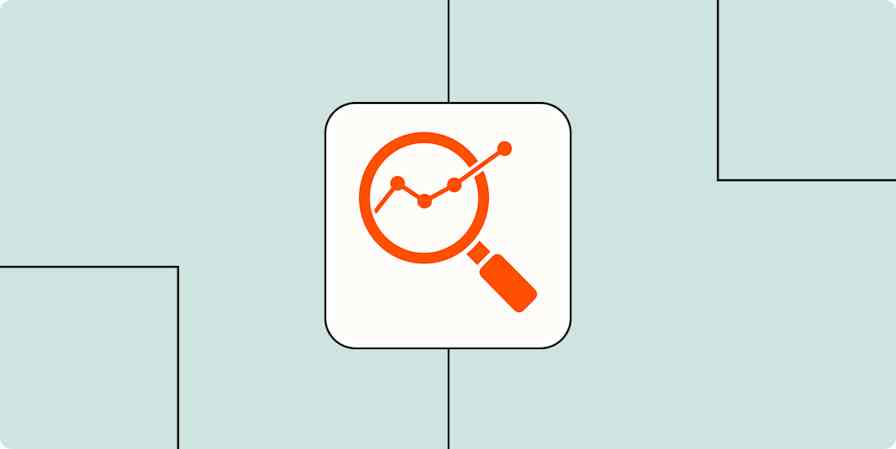Marketing tips
6 min readHow to optimize content for search intent
Provide value to your readers and boost your SEO with search intent optimization
By Jeff Stripp · August 23, 2021

Get productivity tips delivered straight to your inbox
We’ll email you 1-3 times per week—and never share your information.
Related articles
Improve your productivity automatically. Use Zapier to get your apps working together.








